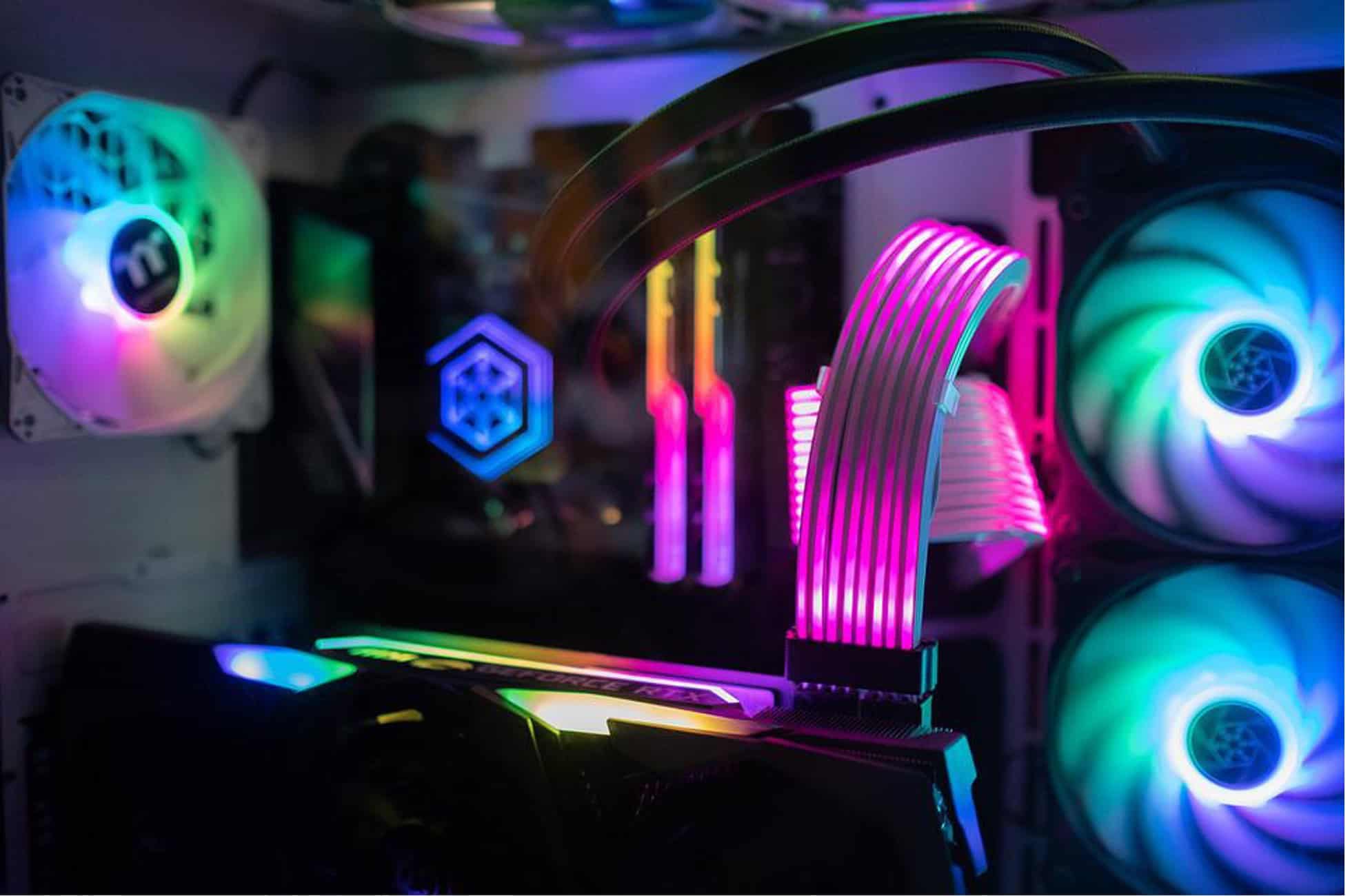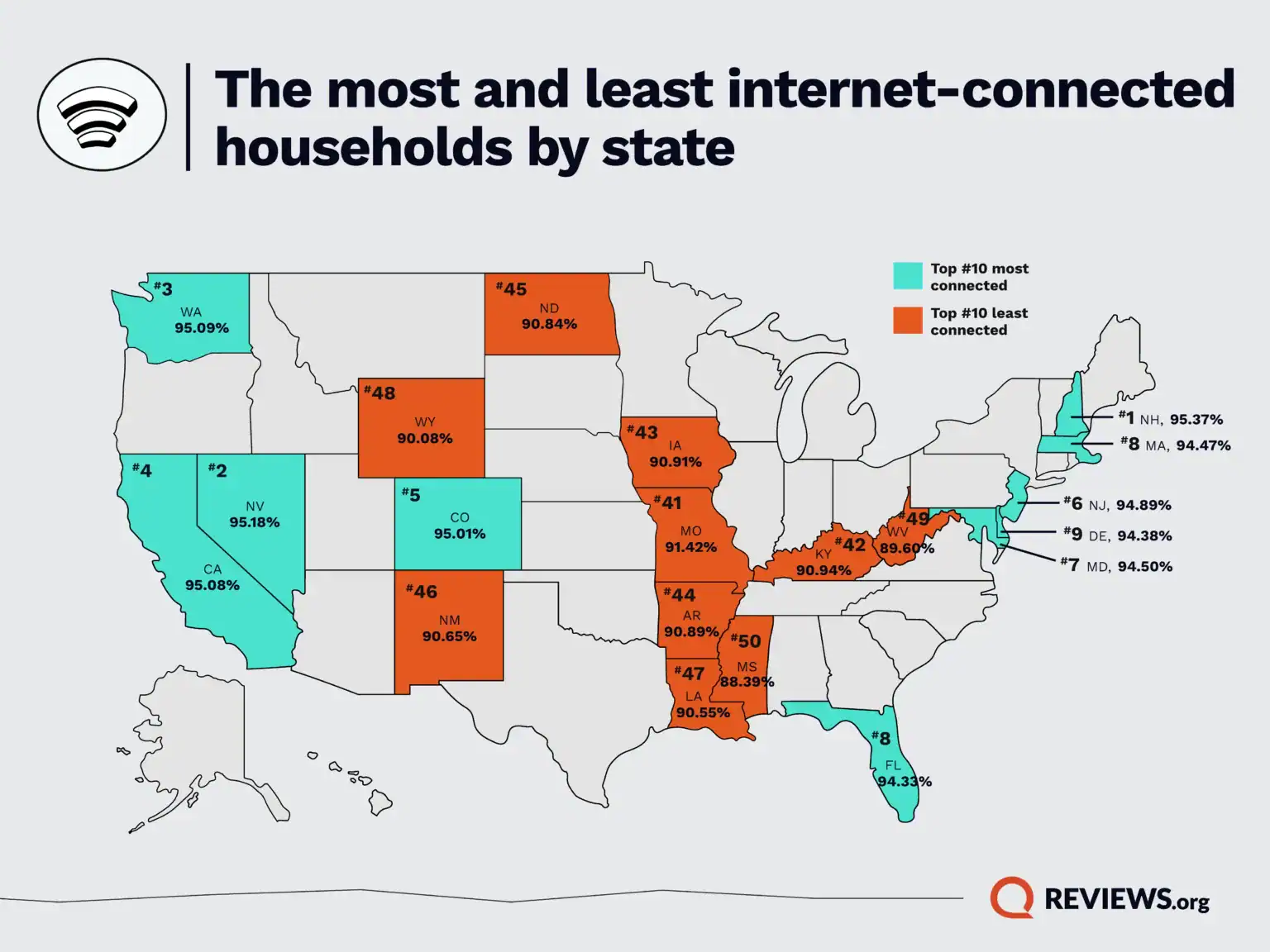DETROIT – The eSports world continues to grow at an alarming rate, despite not being in the news as much of late.
Throughout 2020, eSports got a lot of headlines. As the world closed to deal with the pandemic, everyone turned to online gaming, and many began watching eSports. This wasn’t just the usual League of Legends, Call of Duty and Dota 2 either; major sporting stars across the United States played tournaments to keep fans connected.
Insider Intelligence suggests there will be 29.6 million monthly eSports viewers in the US in 2022, rising to an estimated 31.4 million in 2023. That’s up by more than 10m from the pre-pandemic total of 21.1m. Change has slowed; 2023 figures are only expected to be up 6%, slowing from a 13.2% rise in 2020.
What are those gamers watching? Some of the finest eSports teams in the world, that’s what. In fact, some of the names are almost as famous as big sports franchises in the United States; for every LA Lakers, there’s a Team Dignitas; for every Green Bay Packers, there’s an Astralis; they’re not household names for everyone, but they are serious sporting organizations that are training every day. Astralis, a Danish eSports team, are usually expected to be among the favorites in the odds on Ladbrokes for major eSports tournaments across a range of titles such as CS: GO and League of Legends; that’s much like the Lakers being favorites for the NBA Championship and The Stanley Cup. But how do these teams achieve such diversity?
To stay on top of their game, eSports teams must maintain a strict routine, which is how they prepare for those big games.
Training
Playing video games all day might sound like a dream, but training for elite competition is not easy. Major eSports teams have training centers where their stars can play all day, honing their skills for competition. Usually, teams for titles such as Overwatch or League of Legends train for eight hours a day, including weekends; that can be as much as 50 hours a week. That doesn’t just involve playing; they’ll review their performances, critique each other and try to improve.
Some teams will even try to replicate the tournament environment, put on loud crowd noises, or enhance certain lighting effects to mimic the spotlight on stage. Essentially, eSports competitors train like professional athletes because that is what they are.
Diet
The big teams will almost always have nutritionists looking after their diet for fitness. Playing video games all day can be detrimental to your physical health, and the players are expensive commodities, just like pro athletes. That means the big teams employ chefs to ensure their valuable gamers get the right nutrients to stay in good shape. Astralis, one of the top teams on the planet, was even described by Danish PM Lars Loekke Rasmussen as ‘role models’ for their approach to life. “[Danes] can look at Astralis and see that gaming is about meeting people in real life. It’s about getting proper sleep, it’s about nutrition, physical activity.”
Wellbeing
Wellbeing is hugely important in eSports; the players are put under extreme pressure and often at a relatively young age. Imagine if the LA Lakers had a roster of 18-year-olds but still competing at the top level weekly; that’s basically what eSports does. Many of the top players are late teens and early twenties, so it’s important to look after their wellbeing.
One team, Misfits, prioritize their player’s wellbeing over and above almost everything else, with psychologists and other staff on hand to ensure they’re in the right frame of mind to compete and handle the pressure. “In order to continue to grow as an organization and within each competitive league, wellbeing and culture have become primary areas of focus,” said Dr Carolyn Rubenstein, the team’s Chief Wellness Adviser. “I’m thrilled to be able to develop a unique program from the ground up in such a supportive environment
This article was provided by Jake Cooper.







